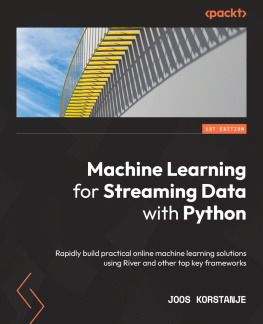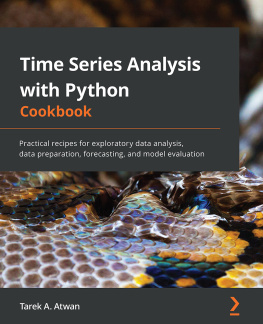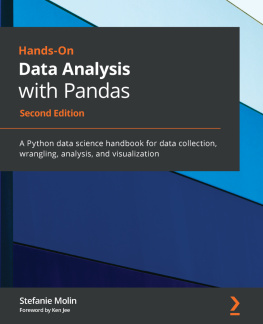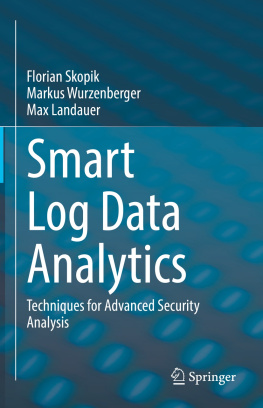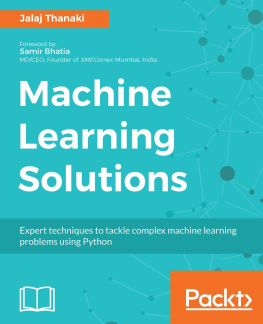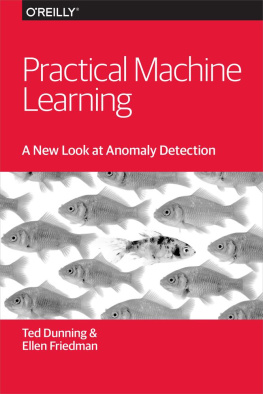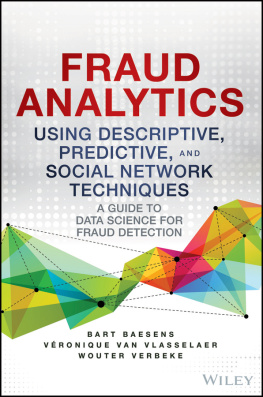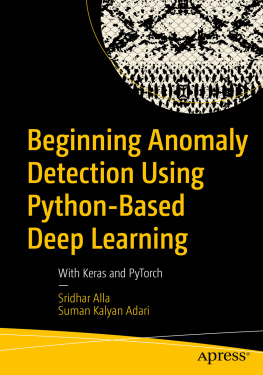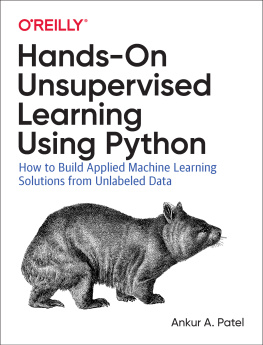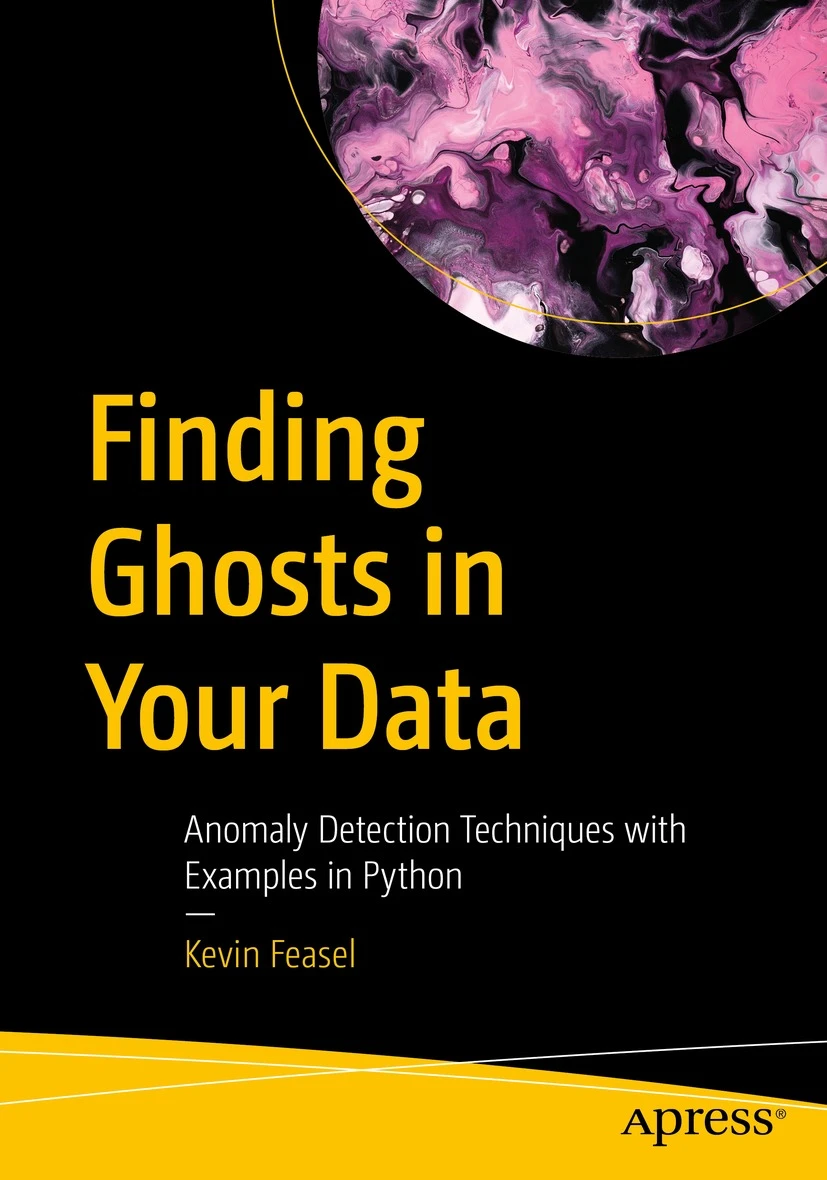Kevin Feasel - Finding Ghosts in Your Data: Anomaly Detection Techniques with Examples in Python
Here you can read online Kevin Feasel - Finding Ghosts in Your Data: Anomaly Detection Techniques with Examples in Python full text of the book (entire story) in english for free. Download pdf and epub, get meaning, cover and reviews about this ebook. City: New York, year: 2022, publisher: Apress, genre: Computer. Description of the work, (preface) as well as reviews are available. Best literature library LitArk.com created for fans of good reading and offers a wide selection of genres:
Romance novel
Science fiction
Adventure
Detective
Science
History
Home and family
Prose
Art
Politics
Computer
Non-fiction
Religion
Business
Children
Humor
Choose a favorite category and find really read worthwhile books. Enjoy immersion in the world of imagination, feel the emotions of the characters or learn something new for yourself, make an fascinating discovery.
- Book:Finding Ghosts in Your Data: Anomaly Detection Techniques with Examples in Python
- Author:
- Publisher:Apress
- Genre:
- Year:2022
- City:New York
- Rating:3 / 5
- Favourites:Add to favourites
- Your mark:
Finding Ghosts in Your Data: Anomaly Detection Techniques with Examples in Python: summary, description and annotation
We offer to read an annotation, description, summary or preface (depends on what the author of the book "Finding Ghosts in Your Data: Anomaly Detection Techniques with Examples in Python" wrote himself). If you haven't found the necessary information about the book — write in the comments, we will try to find it.
The core of the book involves building a robust, deployable anomaly detection service in Python. You will start with a simple anomaly detection service, which will expand over the course of the book to include a variety of valuable anomaly detection techniques, covering descriptive statistics, clustering, and time series scenarios. Finally, you will compare your anomaly detection service head-to-head with a publicly available cloud offering and see how they perform.
The anomaly detection techniques and examples in this book combine psychology, statistics, mathematics, and Python programming in a way that is easily accessible to software developers. They give you an understanding of what anomalies are and why you are naturally a gifted anomaly detector. Then, they help you to translate your human techniques into algorithms that can be used to program computers to automate the process. Youll develop your own anomaly detection service, extend it using a variety of techniques such as including clustering techniques for multivariate analysis and time series techniques for observing data over time, and compare your service head-on against a commercial service.
What You Will Learn
- Understand the intuition behind anomalies
- Convert your intuition into technical descriptions of anomalous data
- Detect anomalies using statistical tools, such as distributions, variance and standard deviation, robust statistics, and interquartile range
- Apply state-of-the-art anomaly detection techniques in the realms of clustering and time series analysis
- Work with common Python packages for outlier detection and time series analysis, such as scikit-learn, PyOD, and tslearn
- Develop a project from the ground up which finds anomalies in data, starting with simple arrays of numeric data and expanding to include multivariate inputs and even time series data
Who This Book Is For
For software developers with at least some familiarity with the Python programming language, and who would like to understand the science and some of the statistics behind anomaly detection techniques. Readers are not required to have any formal knowledge of statistics as the book introduces relevant concepts along the way.
Kevin Feasel: author's other books
Who wrote Finding Ghosts in Your Data: Anomaly Detection Techniques with Examples in Python? Find out the surname, the name of the author of the book and a list of all author's works by series.



